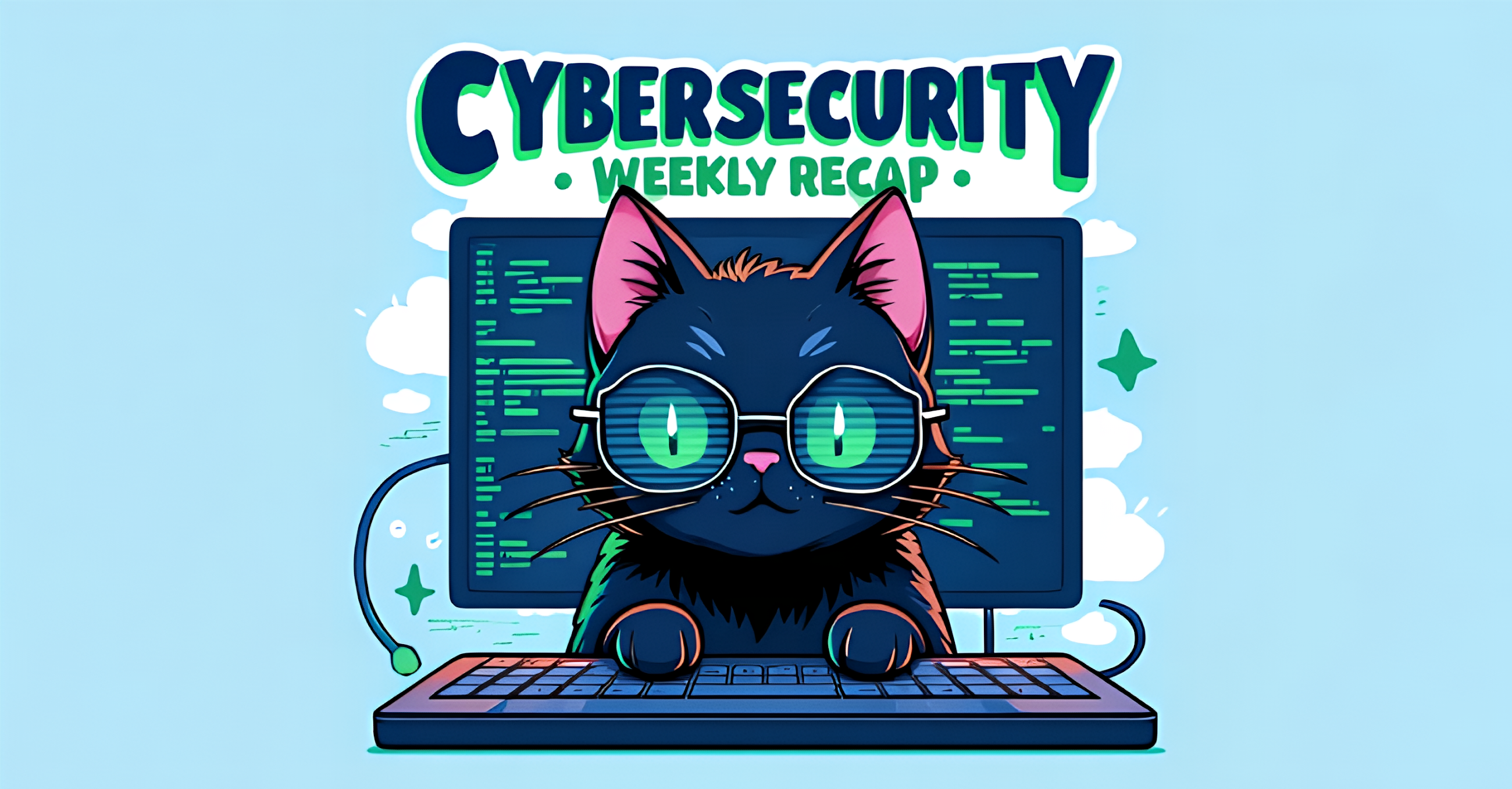Cybersecurity Weekly: Top Threats & Vulnerabilities
Staying ahead of the curve in cybersecurity is crucial in today's digital landscape. Every week brings new threats and vulnerabilities, demanding constant vigilance and adaptation. This weekly roundup highlights the most significant cybersecurity risks currently impacting individuals and organizations.
This Week's Top Threats:
-
Phishing Attacks Targeting Cryptocurrency Users: We've seen a sharp rise in sophisticated phishing campaigns specifically targeting cryptocurrency holders. These scams often involve convincing fake websites or emails that trick users into revealing their private keys or seed phrases. Be extremely cautious of any unsolicited communication requesting cryptocurrency information. Verify the legitimacy of websites and emails independently before clicking any links or providing sensitive information.
-
Ransomware-as-a-Service (RaaS) on the Rise: The ease of access to ransomware tools through RaaS platforms continues to fuel the growth of ransomware attacks. These services provide malicious actors with the technical capabilities to launch attacks without needing extensive technical expertise. This lowers the barrier to entry for cybercriminals, leading to a wider range of targets. Regular backups and robust security protocols are essential defenses against ransomware.
-
Exploitation of Log4j Vulnerability: While the initial Log4j vulnerability (CVE-2021-44228) was patched months ago, we're still seeing attacks exploiting this flaw. Many systems remain unpatched, leaving organizations vulnerable. This underscores the importance of prompt patching and ongoing vulnerability scanning. Failing to address known vulnerabilities leaves your systems open to exploitation.
-
Supply Chain Attacks Increasing in Sophistication: Supply chain attacks, which target vulnerabilities in third-party software or hardware, are becoming increasingly sophisticated. Attackers are focusing on infiltrating the supply chain to gain access to numerous organizations simultaneously. This highlights the need for thorough vendor due diligence and a robust understanding of your organization's entire supply chain.
Key Vulnerabilities to Watch:
-
Outdated Software: Running outdated software is a major vulnerability. Software vendors constantly release security patches, addressing known vulnerabilities. Failing to update your software leaves your systems exposed to known exploits. Implement an automated software update system to minimize this risk.
-
Weak Passwords: Weak or reused passwords remain a significant vulnerability. Many data breaches are directly attributed to weak passwords. Utilize strong, unique passwords for each account and consider a password manager to help manage them effectively. Implement multi-factor authentication (MFA) wherever possible.
-
Unsecured IoT Devices: The proliferation of Internet of Things (IoT) devices has introduced new vulnerabilities. Many IoT devices lack robust security features, making them easy targets for attackers. Ensure your IoT devices are secured with strong passwords and kept up-to-date.
Best Practices for Enhanced Cybersecurity:
- Implement a robust security awareness training program: Educating your employees about common threats like phishing is crucial.
- Regularly update your security software and operating systems: This ensures you have the latest protections against known vulnerabilities.
- Back up your data regularly: This protects your data in case of a ransomware attack or other data loss event.
- Monitor your network for suspicious activity: Regularly check your network logs for any signs of unauthorized access or malicious activity.
Conclusion:
The cybersecurity landscape is constantly evolving, requiring vigilance and proactive measures. Staying informed about the latest threats and vulnerabilities is crucial for protecting your organization and personal data. By following the best practices outlined above and staying updated on the latest cybersecurity news, you can significantly reduce your risk. Stay tuned for next week's cybersecurity update!
(Disclaimer: This information is for educational purposes only and does not constitute professional security advice. Consult with a cybersecurity professional for tailored guidance.)

